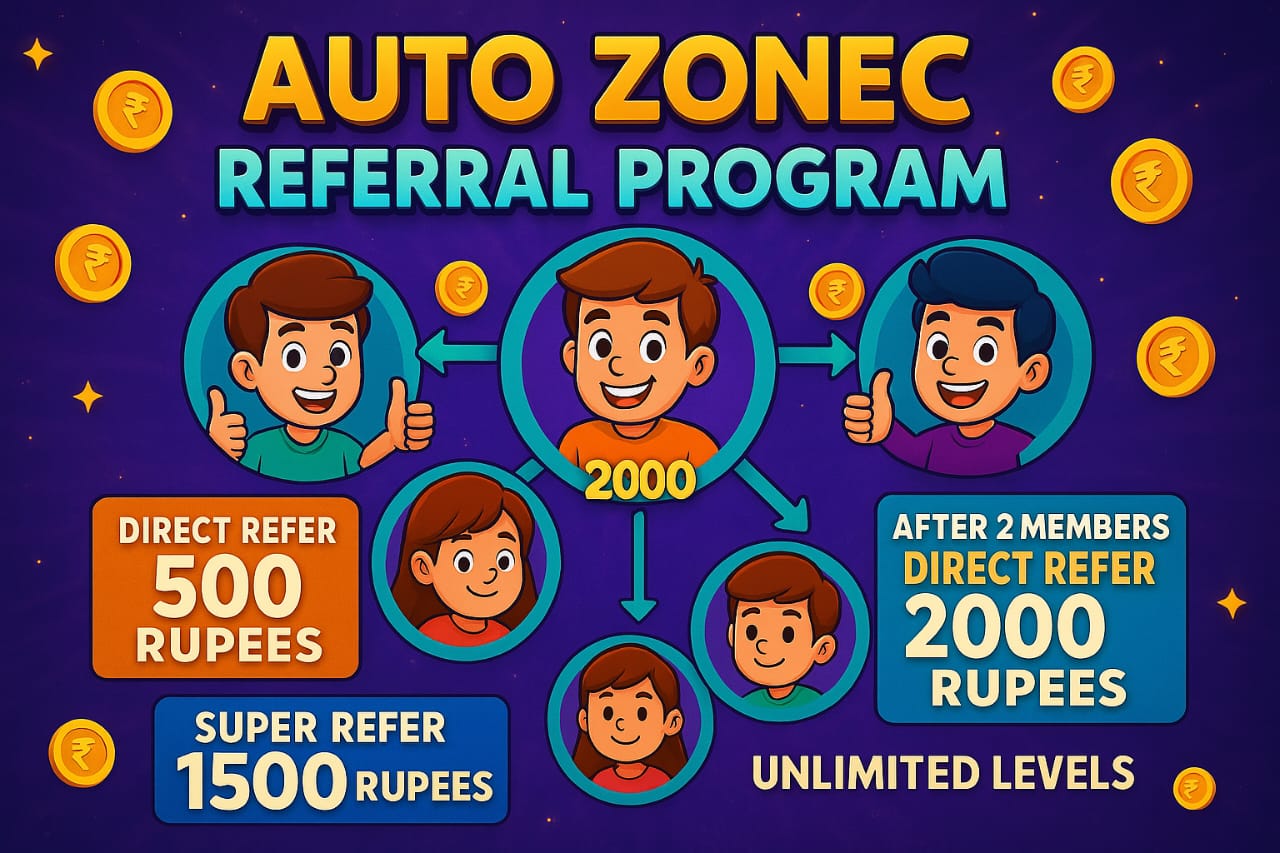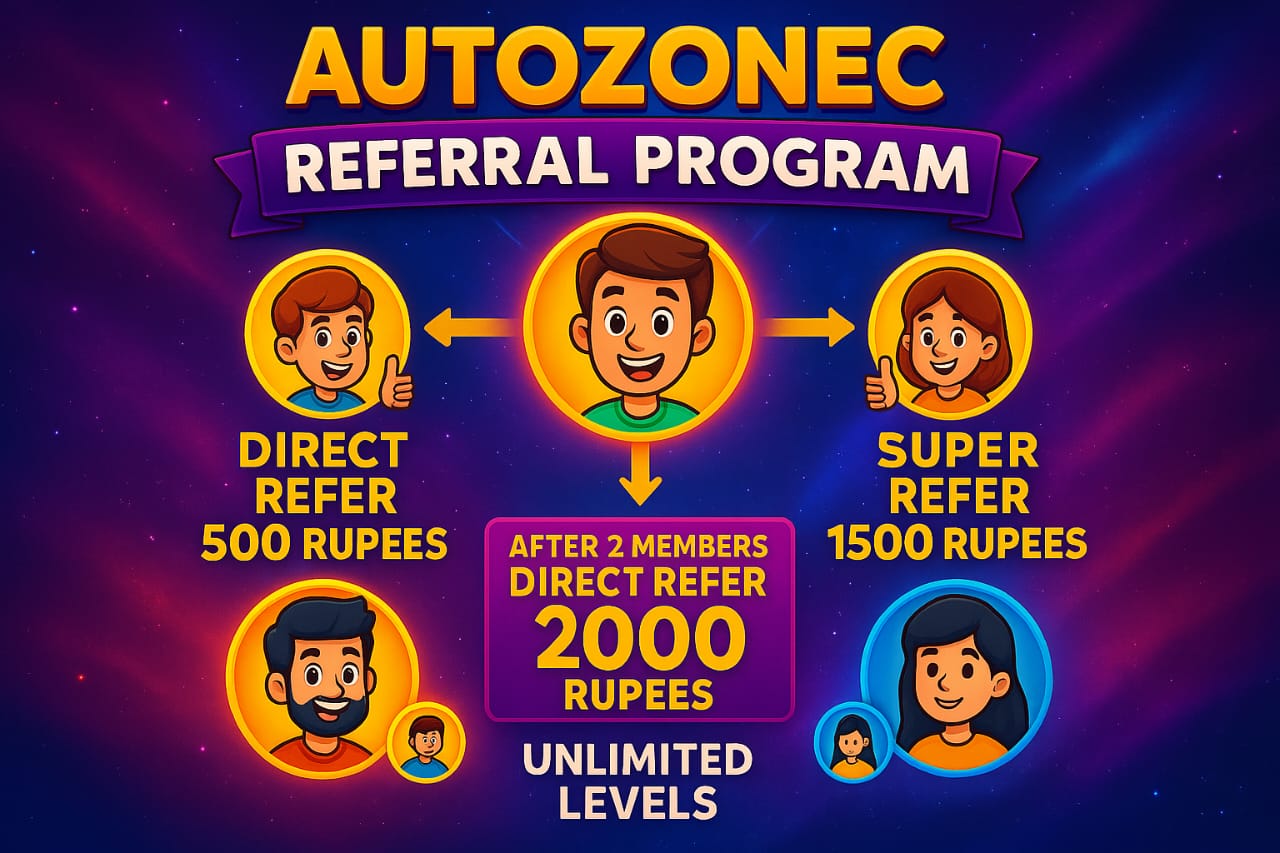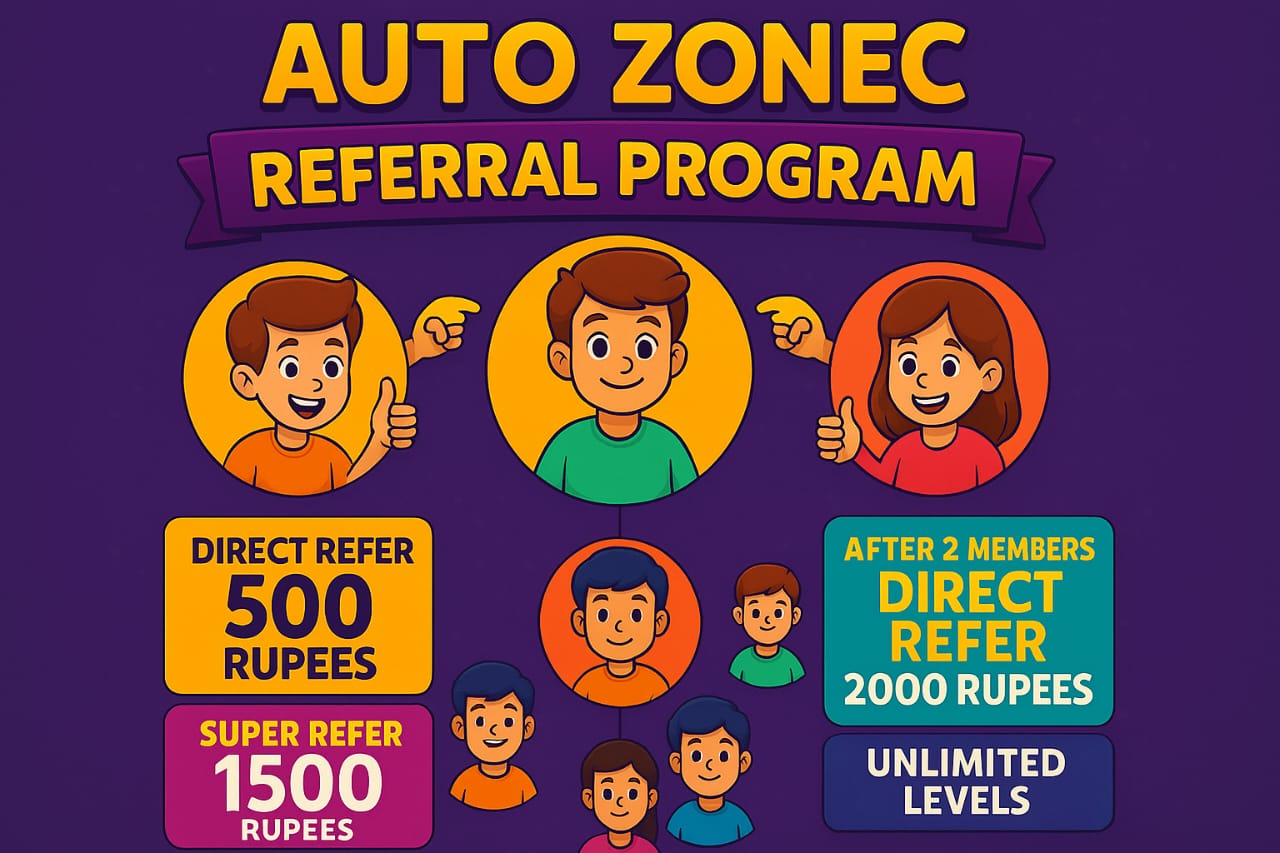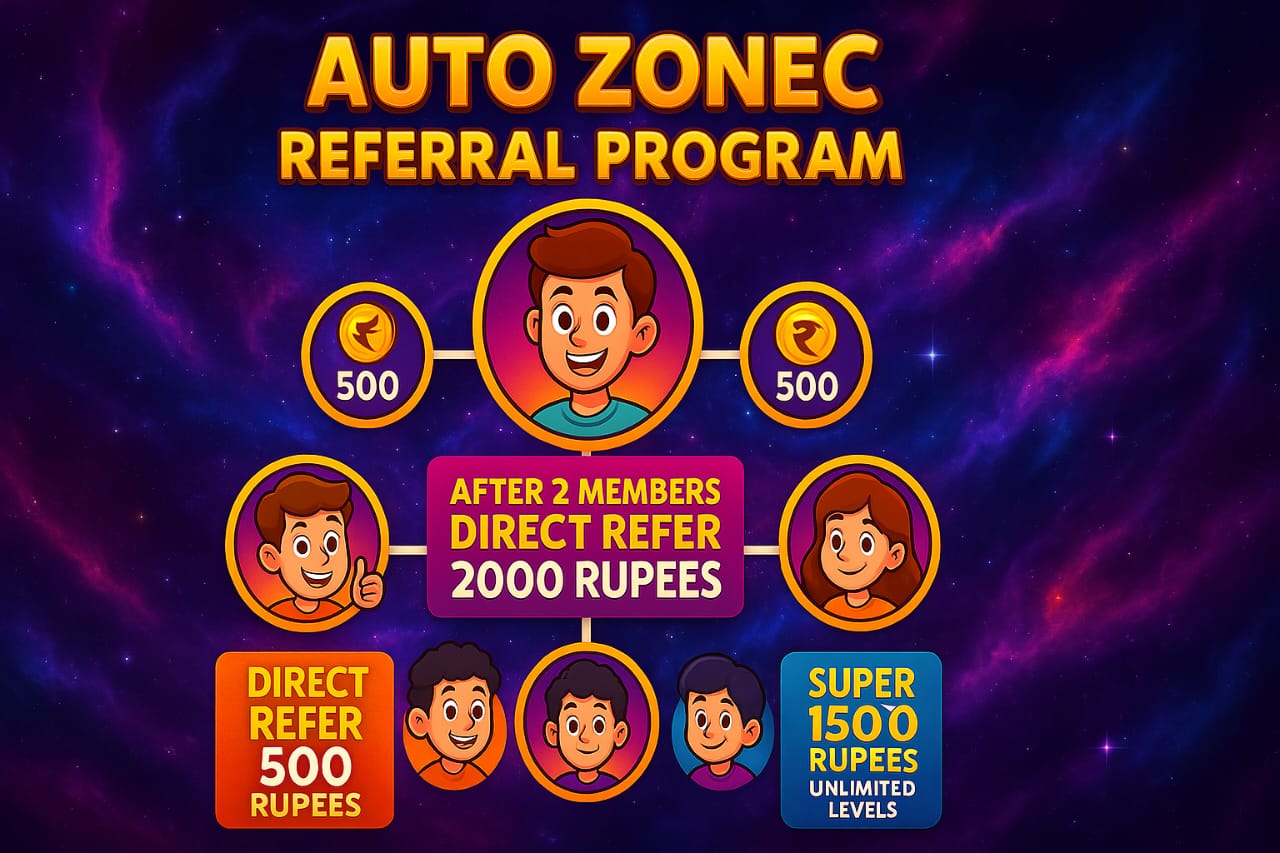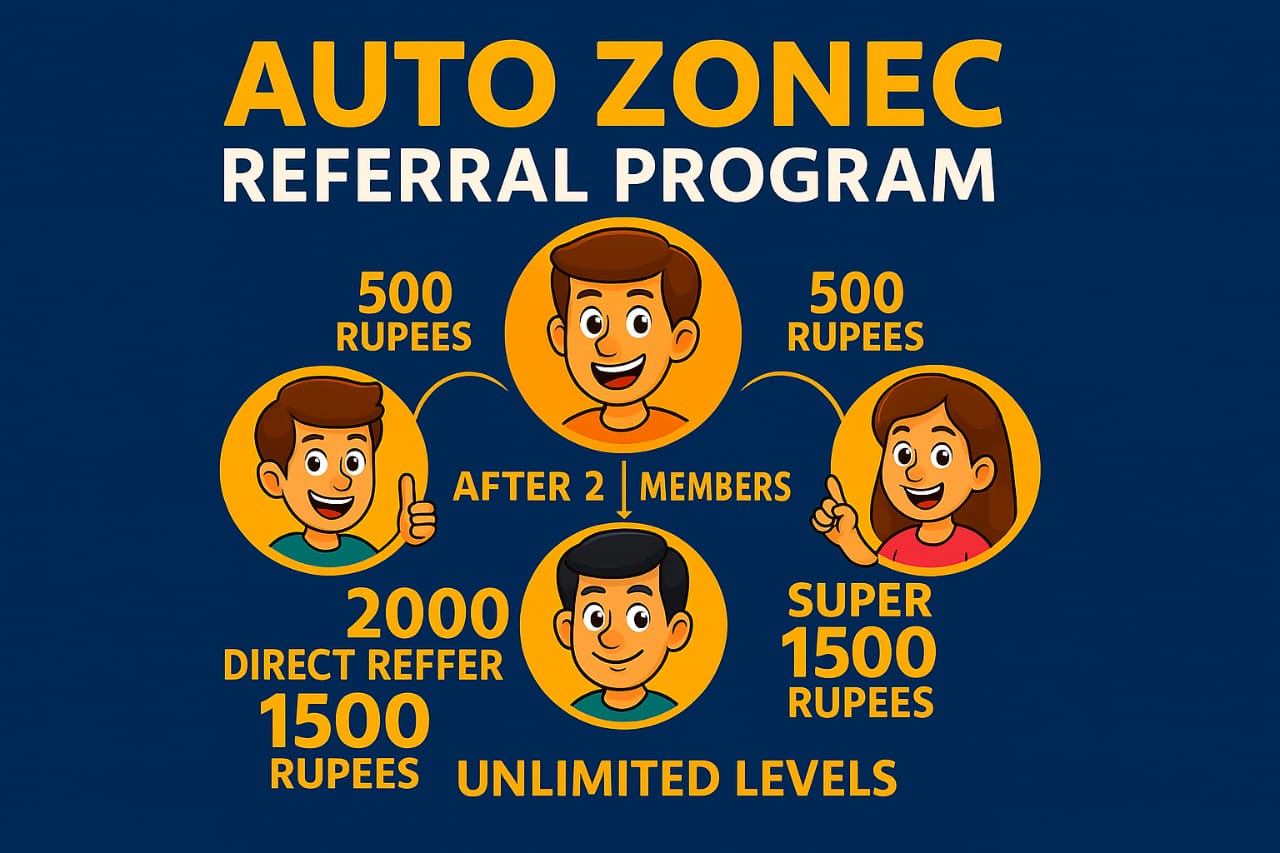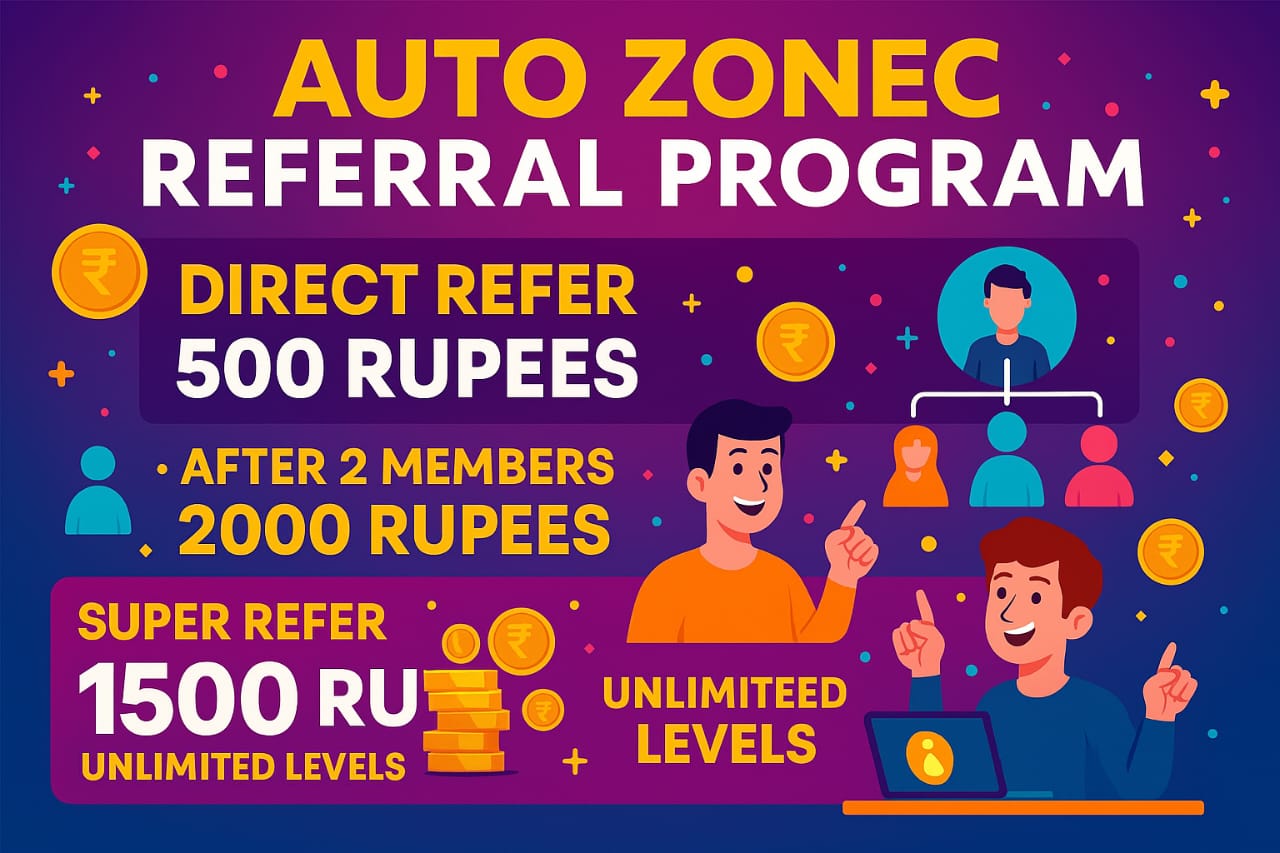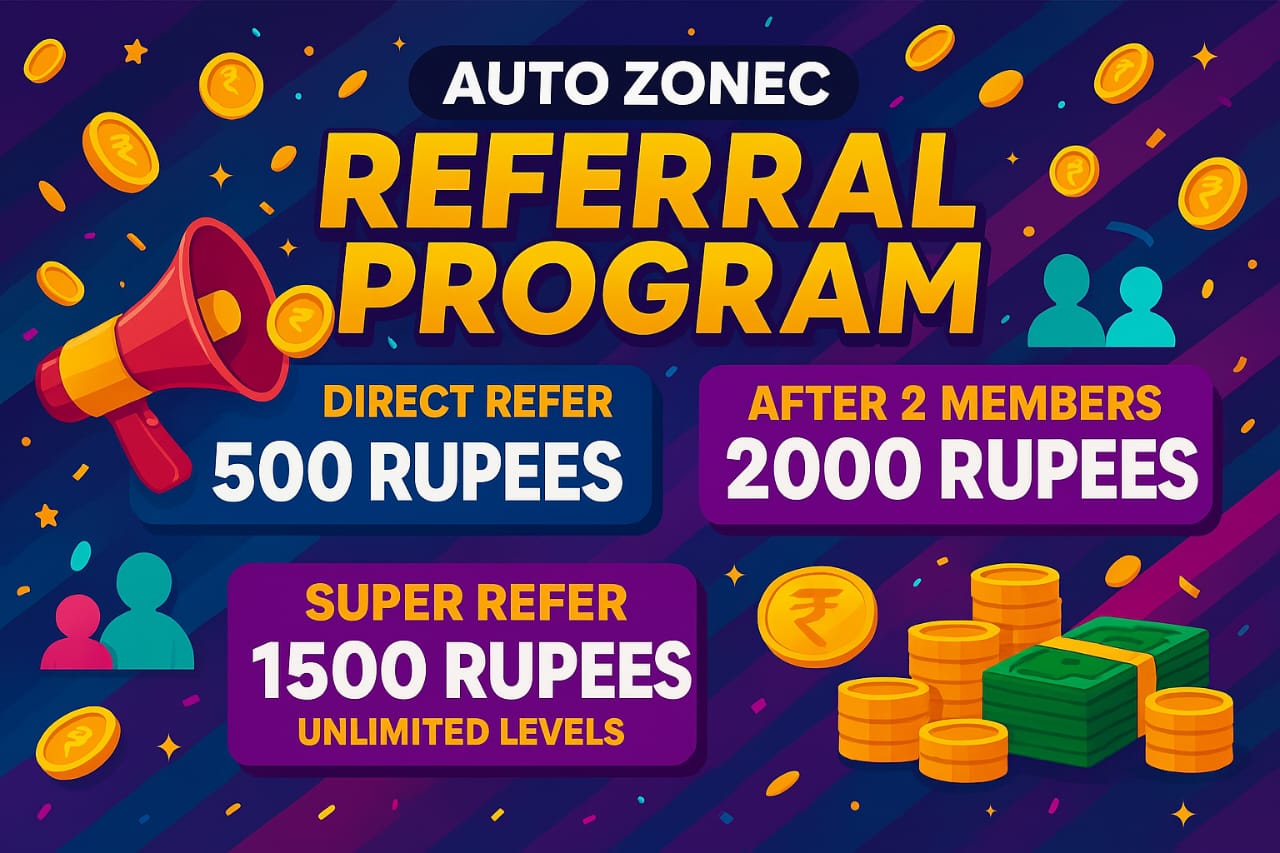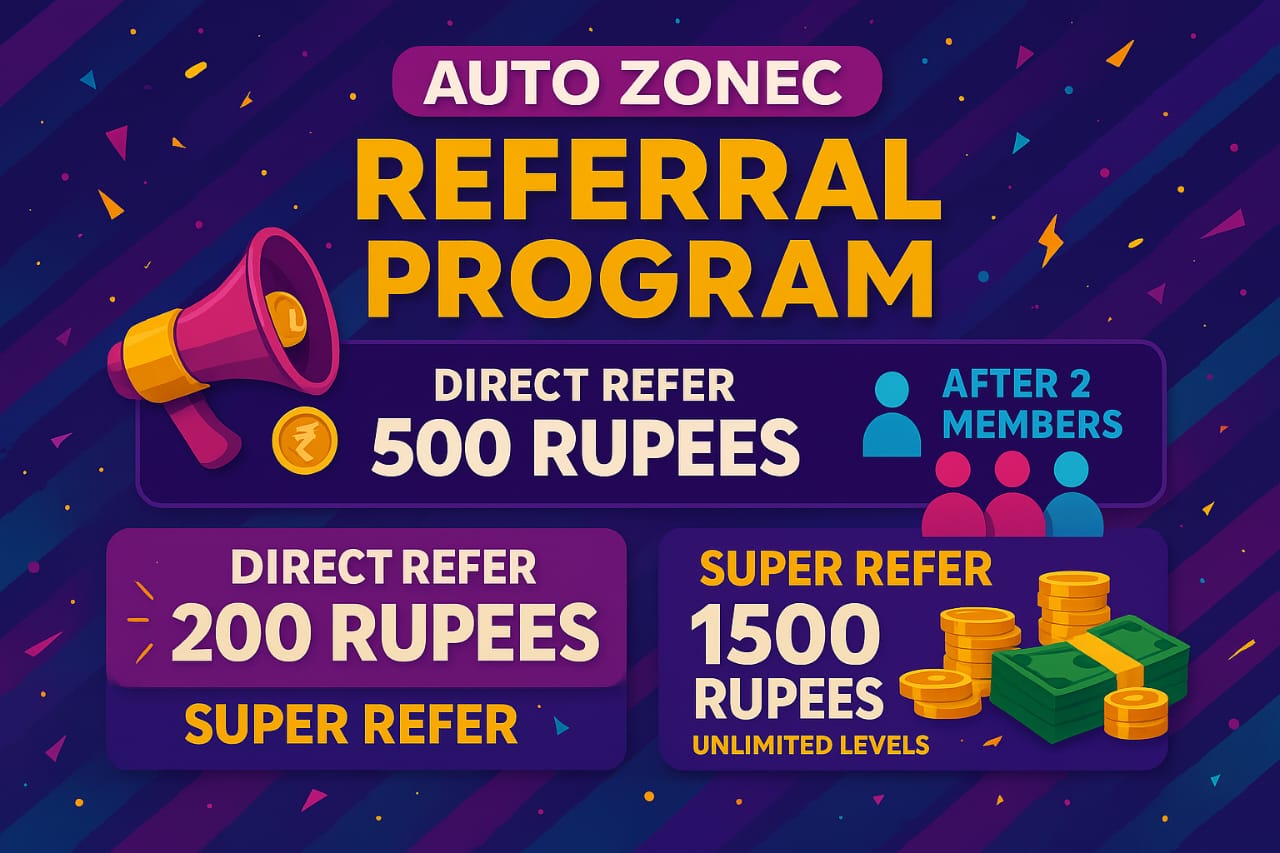
Clicking In: Navigating the Ups and Downs of Virtual Learning in College for 2021
SEO Description: Discover the advantages and disadvantages of virtual learning for college students in 2021. Learn how online classes can offer flexibility and convenience, but also pose challenges such as lack of in-person interaction and potential technology issues.
Meta Keywords: Virtual learning Online education College students Pros and cons Distance learning E-learning Remote education Virtual classrooms Online courses Higher education Digital learning Student experience Academic performance Technology in education Learning management systems Online resources Virtual study groups Student engagement Time management Flexibility in education Skills development Virtual lecturers Student collaboration Online exams Virtual learning challenges
The Pros and Cons of Virtual Learning for College Students in 2021
Virtual learning has become increasingly popular among college students in recent years, with the COVID-19 pandemic accelerating the shift to online education. While virtual learning offers flexibility and convenience, it also comes with its own set of challenges. In this blog post, we will explore the pros and cons of virtual learning for college students in 2021.
Pros of Virtual Learning
- Flexibility: One of the biggest advantages of virtual learning is the flexibility it offers. Students can access course materials and lectures at any time and from anywhere, allowing them to create a study schedule that fits their individual needs.
- Convenience: Virtual learning eliminates the need for commuting to campus, saving students time and money. This convenience can be especially beneficial for students with busy schedules or those who live far from campus.
- Accessibility: Virtual learning makes education more accessible to students who may have difficulty attending traditional in-person classes due to disabilities, health issues, or other constraints.
- Self-paced learning: Virtual learning allows students to work at their own pace, reviewing course materials as needed and taking the time to fully understand complex concepts.
Pros of Virtual Learning for College Students
1. Flexibility
One of the biggest advantages of virtual learning for college students is the flexibility it offers. Students can access lectures, assignments, and course materials at their own convenience, allowing them to balance their academic responsibilities with work, family, and other commitments. This flexibility can be especially beneficial for non-traditional students who may have busy schedules.
2. Convenience
Virtual learning eliminates the need for students to commute to campus, saving time and money on transportation. With just a computer and internet connection, students can participate in classes from the comfort of their own homes. This convenience can be particularly helpful for students with disabilities or those who live in remote areas.
3. Access to a Wide Range of Courses
Virtual learning allows students to enroll in courses from universities around the world without having to physically travel to those institutions. This opens up a diverse range of educational opportunities and allows students to explore subjects that may not be offered at their own college or university.
4. Improved Technology Skills
As virtual learning relies heavily on technology, students have the opportunity to develop and enhance their digital literacy skills. From using online learning platforms to collaborating with classmates through virtual tools, students can gain valuable experience that will be beneficial in their future careers.
Cons of Virtual Learning for College Students
1. Lack of Face-to-Face Interaction
One of the biggest drawbacks of virtual learning is the lack of face-to-face interaction with professors and classmates. This can make it more challenging for students to engage in discussions, ask questions, and build relationships with their peers. Some students may also struggle with feelings of isolation and disconnection.
2. Technical Issues
Virtual learning relies on technology, and technical issues such as poor internet connection, software glitches, and hardware malfunctions can disrupt the learning process. Students may miss out on important information or fall behind in their coursework due to these technical challenges.
3. Self-Discipline and Time Management
With the flexibility of virtual learning comes the responsibility of managing one's own time effectively. Some students may struggle with staying motivated, setting priorities, and avoiding distractions when learning from home. Without the structure of a traditional classroom setting, students may find it difficult to stay organized and on track.
4. Limited Hands-On Learning Opportunities
Some subjects, such as lab-based sciences or performing arts, require hands-on learning experiences that may be difficult to replicate in a virtual setting. Students in these disciplines may miss out on valuable practical skills and experiences that are essential for their education and future careers.
5. Reduced Social Interaction
Virtual learning can limit opportunities for social interaction and networking, which are important aspects of the college experience. Students may miss out on forming friendships, participating in extracurricular activities, and building a sense of community with their peers.
Conclusion
While virtual learning offers many benefits for college students, it also comes with its own set of challenges. It is important for students to weigh the pros and cons of virtual learning and determine if it is the right fit for their individual learning styles and needs. By being aware of the potential drawbacks and taking proactive steps to address them, students can make the most of their virtual learning experience in 2021.
Section 3: Cons of Virtual Learning for College Students
1. Limited Social Interaction
One of the biggest drawbacks of virtual learning for college students is the lack of social interaction. Many students thrive on the in-person interactions they have with their peers and professors in a traditional classroom setting. Virtual learning can feel isolating and lonely, which can have a negative impact on a student's mental health and overall well-being.
2. Difficulty in Building Relationships
Building relationships with professors and classmates can be challenging in a virtual setting. It can be harder to ask questions, seek clarification, or engage in meaningful discussions when communication is limited to online platforms. Developing a support system and forming connections with peers can be more difficult, which can impact a student's academic success and overall college experience.
3. Distractions at Home
Studying from home can present a myriad of distractions that can hinder a student's ability to focus and stay engaged in their coursework. From noisy family members to household chores, it can be challenging to create a conducive learning environment that promotes productivity and concentration. Students may find it difficult to stay motivated and on track with their studies when faced with these distractions.
4. Technical Issues
One of the most frustrating aspects of virtual learning is dealing with technical issues. From unreliable internet connections to malfunctioning devices, students may encounter a range of technical issues that can disrupt their learning experience. These issues can cause delays in submitting assignments, participating in virtual lectures, and accessing course materials, which can be incredibly frustrating for students.
5. Lack of Hands-On Learning Opportunities
Many college programs require hands-on learning experiences, such as labs, internships, and fieldwork, to provide students with practical skills and real-world experience. Virtual learning may not always be able to replicate these hands-on opportunities, which can limit a student's ability to fully grasp and apply the concepts they are learning in their courses. This lack of hands-on experience can impact a student's preparedness for their future career.
6. Zoom Fatigue
With the increase in virtual meetings and classes, many students are experiencing what is commonly referred to as "Zoom fatigue." Spending hours staring at a screen can be mentally and physically exhausting, leading to decreased focus, motivation, and engagement in virtual learning. Students may struggle to retain information and stay attentive during virtual lectures, which can impact their academic performance.
Conclusion
While virtual learning offers college students flexibility and convenience, it also comes with its own set of challenges and drawbacks. It is important for students to be aware of the potential downsides of virtual learning and to develop strategies to overcome these obstacles. By staying organized, setting boundaries, and seeking support when needed, students can navigate the challenges of virtual learning and succeed in their academic pursuits.
The Pros and Cons of Virtual Learning for College Students in 2021 In the previous sections, we discussed some of the advantages and disadvantages of virtual learning for college students in 2021. In this section, we will delve deeper into some more pros and cons of this mode of education. Flexibility One of the biggest advantages of virtual learning is the flexibility it offers to students. With online classes, students can choose when and where they want to study, allowing them to balance their academic commitments with work, family, and other responsibilities. This flexibility can be especially beneficial for non-traditional students who may have full-time jobs or other obligations. However, this flexibility can also be a double-edged sword. Some students may struggle to stay motivated and disciplined without the structure of in-person classes. Procrastination can be a major issue for virtual learners, as it can be easy to put off assignments and studying when there are no set class times to attend. Cost Savings Virtual learning can also be more cost-effective for students. Without the need to commute to campus, students can save money on transportation, parking, and other expenses associated with attending in-person classes. Additionally, many online programs offer lower tuition rates than traditional on-campus programs, making higher education more accessible to a wider range of students. On the other hand, some students may find that they miss out on the social aspects of college life when learning virtually. Building relationships with classmates and professors, participating in extracurricular activities, and networking opportunities can all be more challenging in an online setting. For some students, these experiences are an essential part of the college experience and cannot be replicated in a virtual environment. Technology Challenges Another potential drawback of virtual learning is the reliance on technology. Students need access to a reliable internet connection, a computer or other device, and the necessary software to participate in online classes. Technical issues can arise, such as internet outages, software glitches, or hardware malfunctions, which can disrupt the learning process and cause frustration for students. Additionally, some students may struggle with the learning curve of using new technology or software platforms. Not all students are comfortable with technology or have access to the necessary resources to succeed in an online learning environment. This can create barriers to learning and limit the effectiveness of virtual education for some students. Conclusion In conclusion, virtual learning has both pros and cons for college students in 2021. While the flexibility, cost savings, and convenience of online education can be appealing to many students, there are also challenges such as lack of social interaction, technology issues, and potential for decreased motivation and engagement. Ultimately, the effectiveness of virtual learning will depend on the individual student and their unique circumstances. Colleges and universities must continue to adapt and improve their online programs to meet the needs of all students in this ever-evolving educational landscape.Case Studies on Virtual Learning for College Students
Case Study 1: University of California, Berkeley
One of the top universities in the United States, the University of California, Berkeley, transitioned to virtual learning in response to the COVID-19 pandemic. Despite the challenges posed by the sudden shift to online classes, students and faculty members at UC Berkeley were able to adapt quickly and effectively. Professors utilized various online platforms to deliver lectures, engage with students, and administer exams. Virtual office hours and study groups were established to provide additional support to students. Overall, the transition to virtual learning at UC Berkeley was successful, with most students reporting a positive experience.
Case Study 2: Community College of Philadelphia
At the Community College of Philadelphia, virtual learning presented unique challenges for students who may not have access to reliable internet or technology. The college worked to provide laptops and internet hotspots to students in need, but disparities in access to technology persisted. Additionally, some students struggled with the lack of face-to-face interaction and personalized support that they were accustomed to in a traditional classroom setting. Despite these challenges, faculty at the Community College of Philadelphia found creative ways to engage students virtually, such as through interactive online discussions and virtual field trips. While virtual learning at the college was not without its drawbacks, it allowed students to continue their education during a challenging time.
Conclusion
Virtual learning has become an essential tool for college students in 2021, allowing them to continue their education despite the challenges posed by the COVID-19 pandemic. While there are certainly pros and cons to virtual learning, colleges and universities have worked to address the challenges and provide support to students. As technology continues to advance and improve, virtual learning may become an even more integral part of the college experience in the future. By understanding the benefits and drawbacks of virtual learning, students can make informed decisions about how to best navigate this new educational landscape.
Clicking In: Navigating the Ups and Downs of Virtual Learning in College for 2021
Written by: wikibrand
Published on: April 28, 2025

